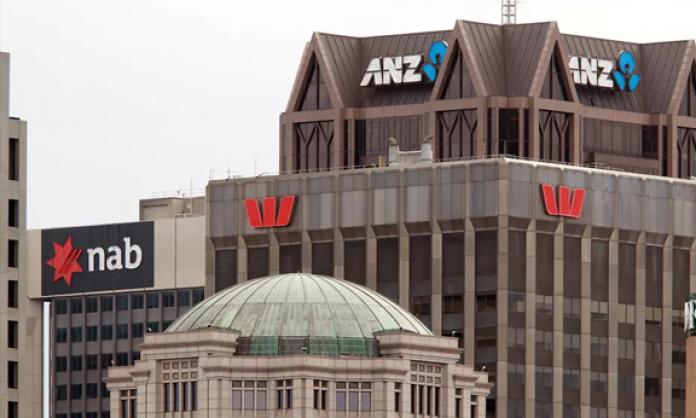The corporate slogan of the National Australia Bank is “More than money”. Could anything be further from the truth? For the banks, it’s only ever about money – money for senior executives, money for boards of directors and buckets more money for shareholders.
The vast pools of money in the hands of the banks mean they are crucial to the functioning of the Australian economy. The big four banks are among the most powerful institutions in Australian society.
No major investment goes ahead – building a factory, shopping centre, road, farm or airport – without bank credit. The banks can lift the economy, creating jobs, or crash the economy, driving people onto the dole queues. They make their lending decisions entirely based on profit, rather than social need.
While individual bank officers might assess the business case for each loan, the real power is in the hands of the senior executives and boards of directors, who steer the banks towards easy or tight lending policies. The entire economy, therefore, is at the mercy of just a few dozen bosses.
With such immense power in their hands, you might expect public accountability. Yet none of the bank executives or directors is elected by the public. As the royal commission has demonstrated, none is accountable to the bodies meant to regulate them, such as the Australian Prudential Regulation Authority.
And they don’t fear the prospect of jail time for their crimes. Most of the time, they can rely on the government to go into bat for them, allowing them to wriggle out of any responsibility for their crooked practices.
At the moment we have the worst of both worlds with the banks. They gouge the public, as aggressive, profit-maximising businesses. Simultaneously, the federal government stands behind them as if they were public corporations, while allowing them to operate unrestrained.
Australian governments, both Labor and Coalition, understand the crucial role played by the banks. They therefore provide a backstop for bank deposits, allowing banks to borrow cheaply in international lending markets, a benefit worth nearly $4 billion a year to them.
The banks can also flout prudential lending standards safely, knowing that, if they are at risk of going bust, the Australian government will bail them out, just as the US government bailed out the US banks during the global financial crisis. All the benefit goes to the private sector; the cost is borne by us.
It’s time to put an end to this scandalous situation.
The royal commission demonstrates that the immense power of the bank bosses should be put into the hands of the people via nationalisation under workers’ and community control.
Public ownership of the banks would allow the hundreds of billions of dollars in assets to be used for the good of society rather than the profits of the few. We could decide whether we wanted to build schools or bombs, public railways or more toll roads, renewable energy or more coal mines.
Any profits made by the banks could be ploughed back into public services or public infrastructure. Since they would now operate based on public need, not private profit, bank staff could be relieved of the pressure to sell customers financial products they do not need and cannot afford.
The bank CEOs and directors would reel in horror at the prospect of such a step. But the needs of the millions are far more important than the wants of the millionaires.









